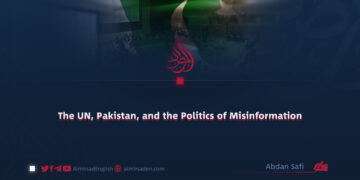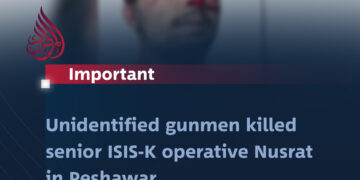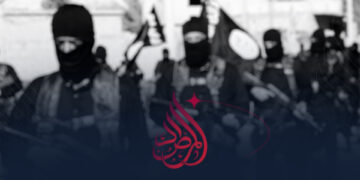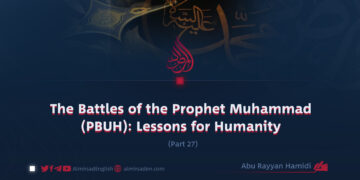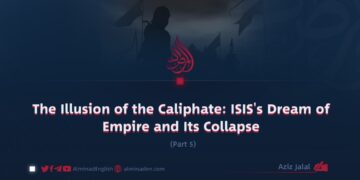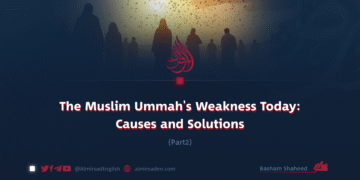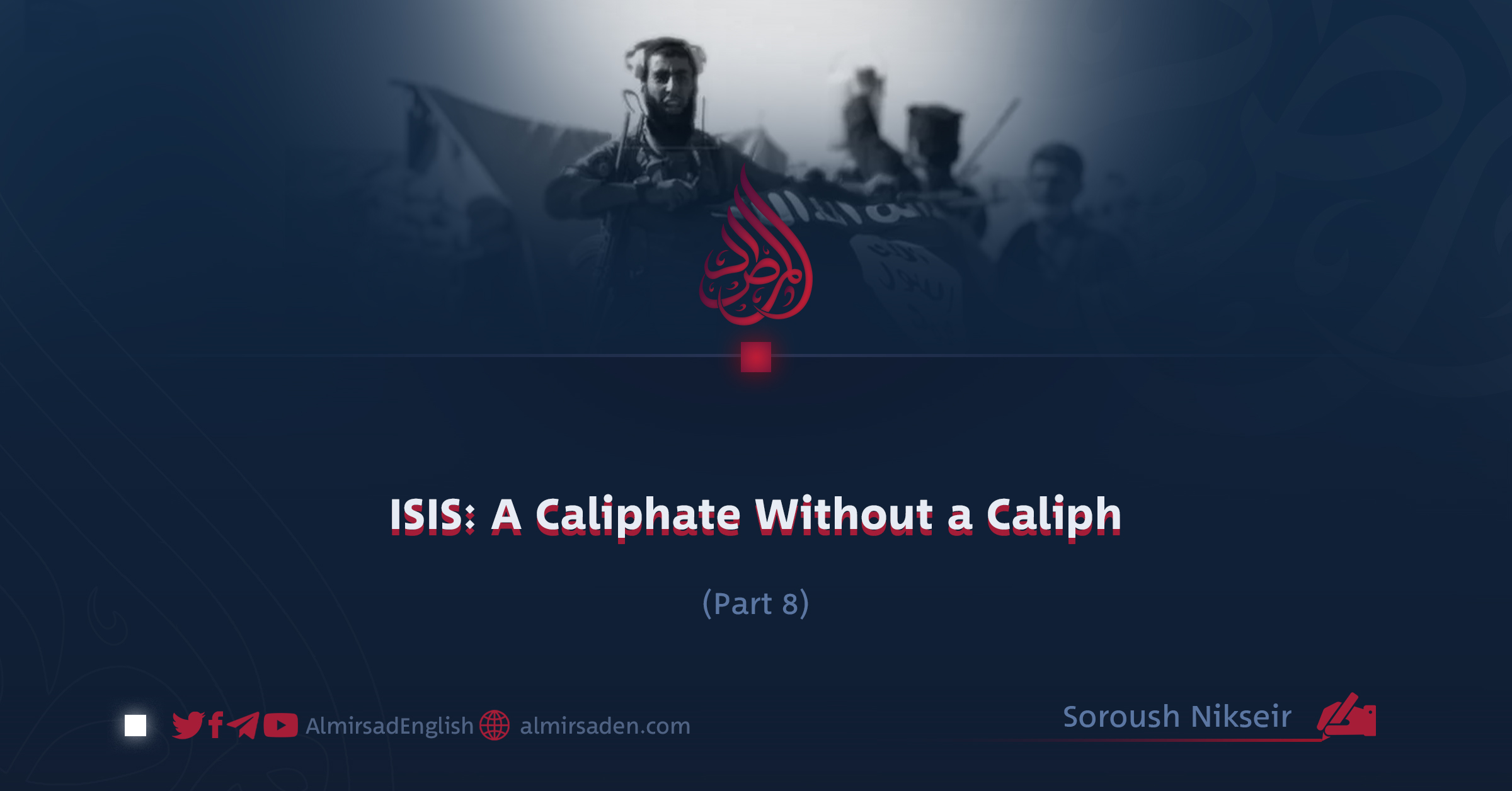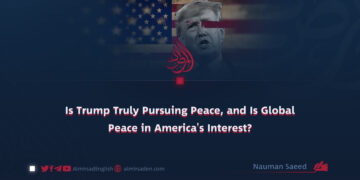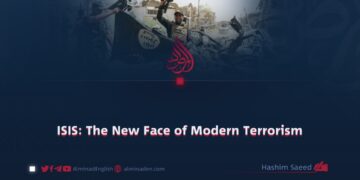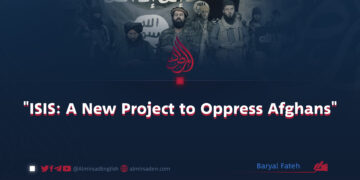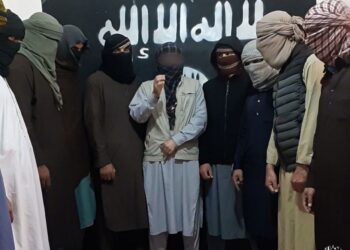Part 8
By Soroush Nikseir
ISIS Media: The Battle of Images and Realities
At the height of its power, ISIS relied not only on weapons but also on cameras and social media to spread fear and sow division. The group understood that in the 21st century, wars are waged not just on battlefields but also on screens and within the minds of audiences.
In this new era, the human body was no longer the only target. Hearts, minds, and souls became the focus of ISIS propaganda. By producing polished, high-quality videos of its military operations and brutal executions, the group sought to terrify its enemies while luring disaffected youth from across the world.
Yet this strategy ultimately backfired and became one of the main causes of ISIS’s downfall. Global media outlets and resistance groups refused to let the group’s narrative go unchallenged. Their determined response exposed the lies behind ISIS’s propaganda and weakened its influence.
In the early stages, ISIS appeared to be winning the media war. Using platforms such as Twitter, YouTube, and Telegram, it broadcast its messages worldwide. Its videos, often filmed in high definition and edited with cinematic precision, at times resembled Hollywood productions. But these staged images soon collided with the grim reality of life under ISIS rule.
Reports from Mosul, Raqqa, and other occupied cities revealed widespread atrocities, from massacres and starvation to the suffering of civilians. What ISIS promoted as an “Islamic paradise” was in fact a nightmare of fear, deprivation, and despair. Independent journalists and courageous witnesses published evidence of destruction, executions, and daily hardships that dismantled the group’s myths and exposed its brutality.
Another turning point in this media struggle was the exposure of the hypocrisy of ISIS leaders. While they publicly called for austerity and sacrifice, reports and images revealed palaces, lavish feasts, and hidden wealth. These contradictions eroded the group’s credibility and drove many supporters, particularly in the West, to abandon it. Social networks, once ISIS’s most powerful weapon, became platforms of resistance against the group.
ISIS’s decline in the digital sphere mirrored its military collapse. Twitter and YouTube shut down accounts linked to the group, and even Telegram, once seen as a safe haven, eventually removed its extremist channels. Faced with the combined force of global media, governments, and online activists, ISIS could not sustain its media presence. It lost the battle of images and realities, for truth is always stronger than lies and manufactured illusions.
The broader lesson is clear: in today’s Information Age, no terrorist group can manipulate reality indefinitely. ISIS may have spread fear for a time with its horrific imagery, but ultimately the voices of victims, independent reporters, and free media prevailed. Even in the darkest moments, the light of truth has the power to pierce through the clouds and expose falsehood.



